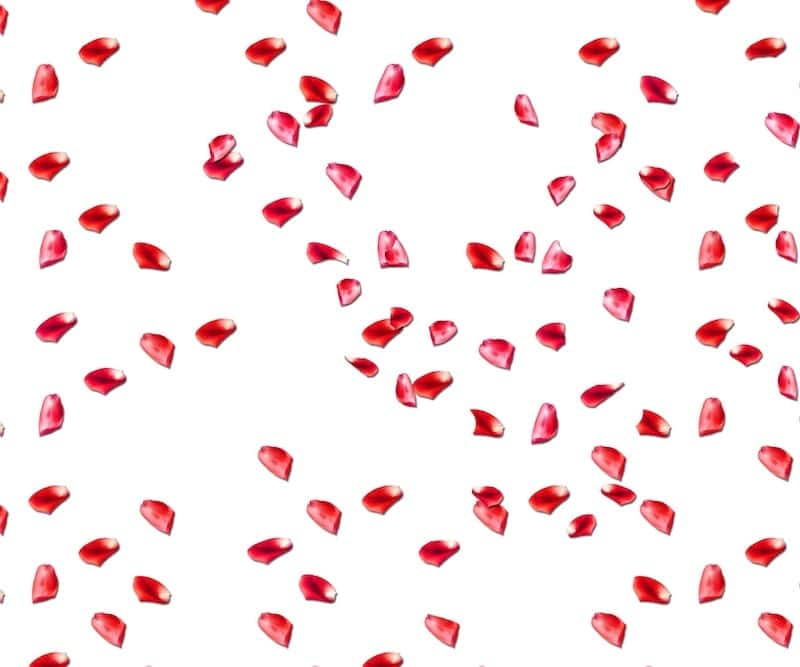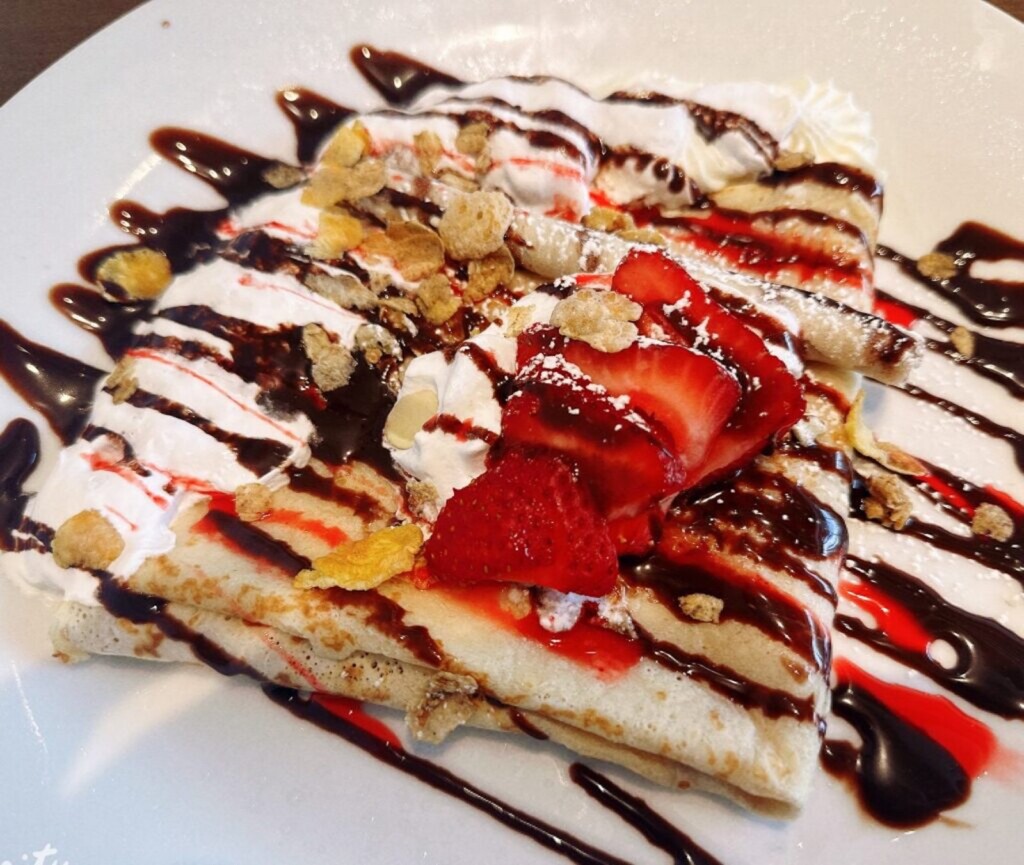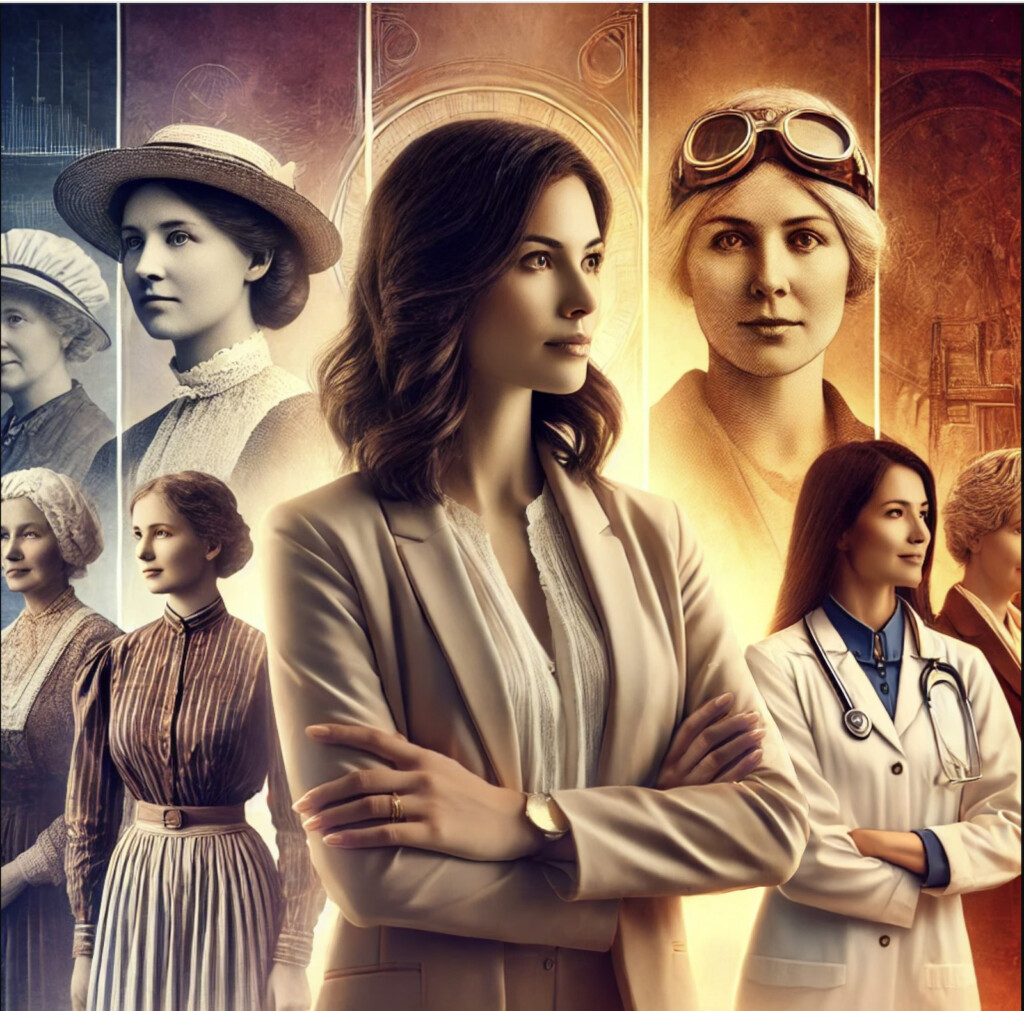Valentine’s Day, widely celebrated around the globe with flowers, sweetheart messages and chocolate, has a bit of a checkered past.
In ancient Rome, agricultural communities gathered for Lupercalia in mid-February, a festival that later fell out of favor with early Christians and Popes.
Dr. Eliza Rosenberg, who lectures on biblical history at Utah State University, described it this way: “Lupercalia was about fertility, both in terms of human fertility and fertility of crops,” Rosenberg said. “And it was kind of a naughty festival that could get a little sexy.”
The day got its current name from a liturgical feast in memory of the beheading of a third-century Christian martyr ― not much romance to be found there.
In the 1300s, the day became associated with the first bird activity signaling winter had begun to fade away. The English poet Geoffrey Chaucer memorialized this event in his lengthy Parliament of the Birds.
“Among the common folk there was this idea, especially in Britain, that February 14 or 15 was a day the birds chose their mates for the year,” Rosenberg said, acknowledging that it likely wasn’t true, but made for a nice legend.
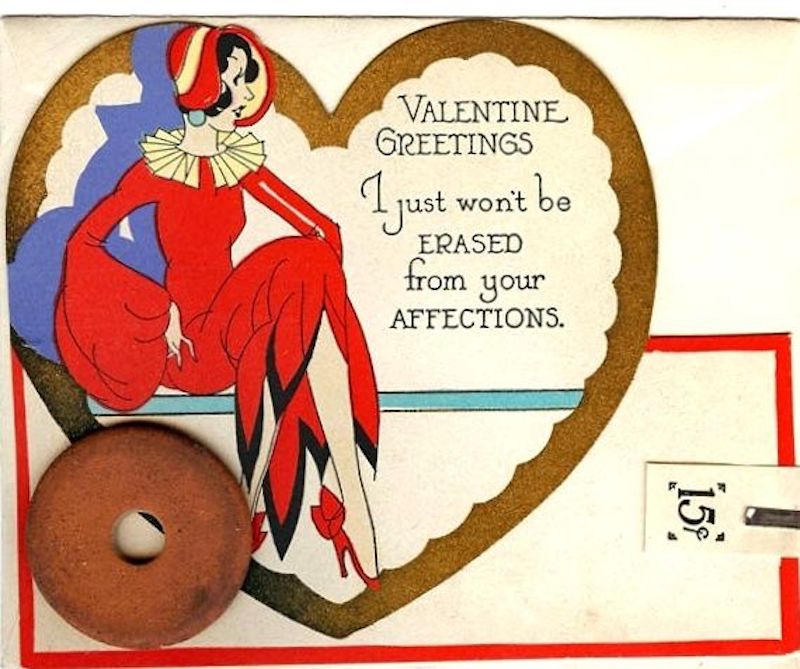
However, Rosenberg said that today’s concept of a romantic Valentine’s Day gained currency among average folk due largely to one thing: “The invention of wood pulp paper.”
While Johannes Gutenberg is credited with inventing the printing press in 1436, the 1840 discovery of the manufacture of wood pulp made printed products much more affordable.
“That meant you could mass print these fun little cards,” Rosenberg said, “and your average person could often afford them.”
Almost two centuries later, cards and chocolates continue to play a big part in marking the day, traditions that have held steady for well over a century. And for those with more expendable income, jewelry, flowers, dinner and dancing also rounded out the celebration.
The Salt Lake Tribune’s February 15, 1923 society page featured news of a Valentine’s Day dance for more than 200 guests ― hosted by Mr. and Mrs. D.C. Turner at the Newhouse Hotel.
That same year, florists vied for customers with newspaper ads. The Miller Floral Co. touted its artistic arrangements and prompt deliveries, while Huddart Floral Co. suggested that bright and fragrant spring flowers were the best way to express the “charming spirit” of the day.
Huddart also offered out-of-town telegraph service, a feature that became obsolete as faster forms of communication evolved.
But the Great Depression of 1929 hit the U.S. hard, spanning the next decade. So store-bought flowers became frills that few could afford.
But inexpensive homemade messages still provided a way to convey love. In February 1930, The Salt Lake Tribune published instructions on how to make a nifty Valentine’s Day calendar.
And there is also anecdotal evidence that schoolchildren exchanged notes and sweets in the 1930s. Born in 1923, my mother-in-law Renate’ McKitrick fondly remembered the thrill of cards filling her homemade Valentine’s box at Nora Elementary School near Indianapolis, IN. She also reminisced about the boy who gave her a substantial box of chocolates.
“The Depression’s effect, in general, followed the broad pattern that on the one hand people were broke, but on the other hand things like cards and a little bit of chocolate were pretty cheap,” Rosenberg said. “People could write a pretty verse on a scrap of paper, or find some flowers.”
By 1939, World War II began, finally concluding in May 1945.
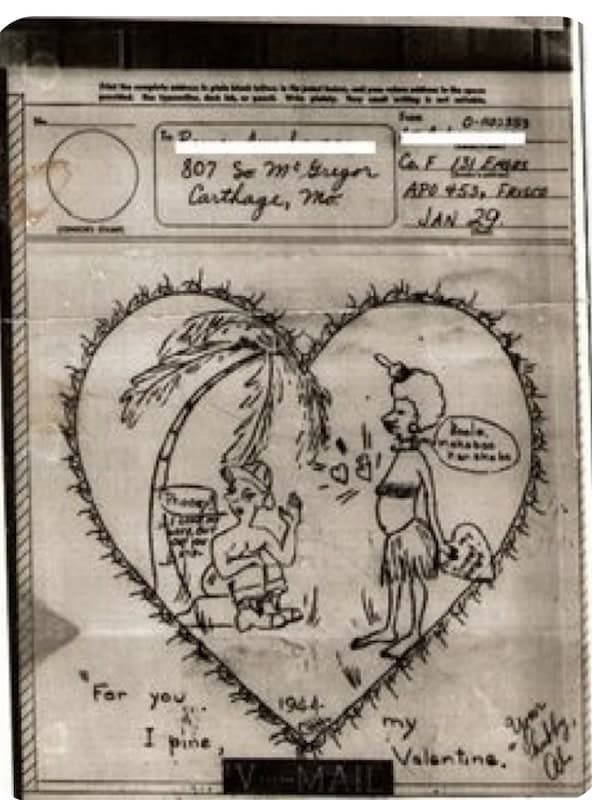
West Jordan resident Sherri Park shared a Victory Mail Valentine that her father Al ― stationed in the Philippines ― sent to her mother Rachel in 1944, saying he pined for his Valentine.
Park acknowledged that her parents later divorced after 40 years, and “it wasn’t a great romance.” But in early 1944, the very thought of getting home to his wife helped bolster the lonely soldier’s morale.
As a special education teacher in Sandy during the late 1980s and 1990s, Park remembers the school Valentine exchange being a big deal.
“Each child had a box and they all got valentines,” Park said, adding that candy might be included as well.
For whatever reason, Valentine’s Day continues to gain popularity, providing almost everybody with a much needed boost.
“In the last few generations, Valentine’s Day has gone global,” USU’s Rosenberg said. “It’s about romance and having fun ― and an excuse to eat chocolate. Everybody loves it.”

